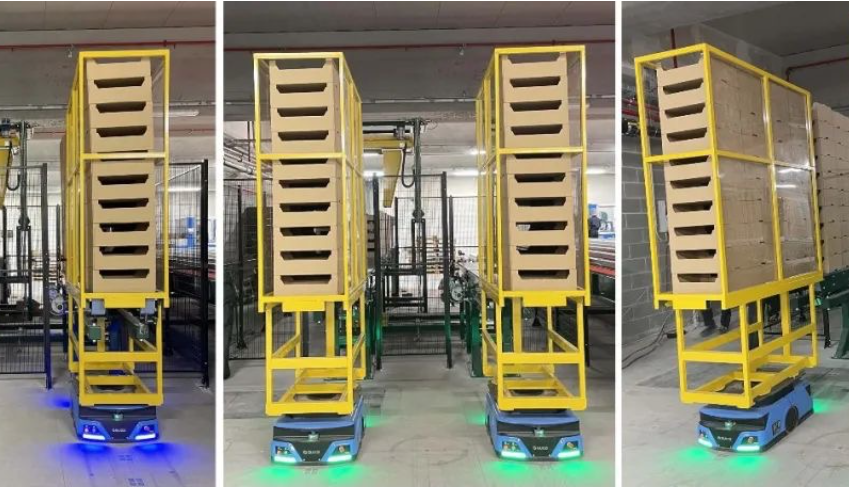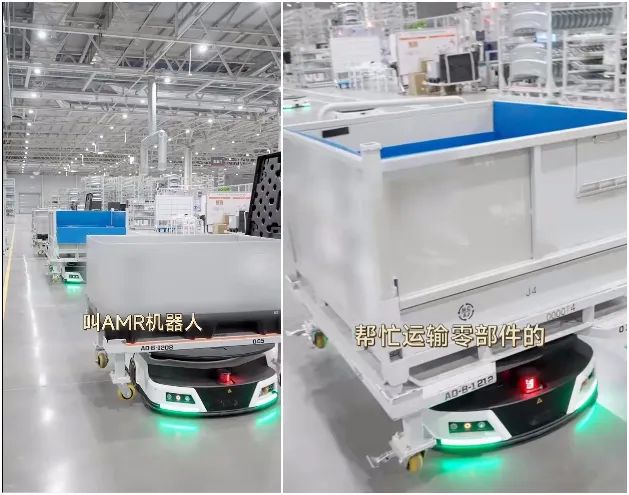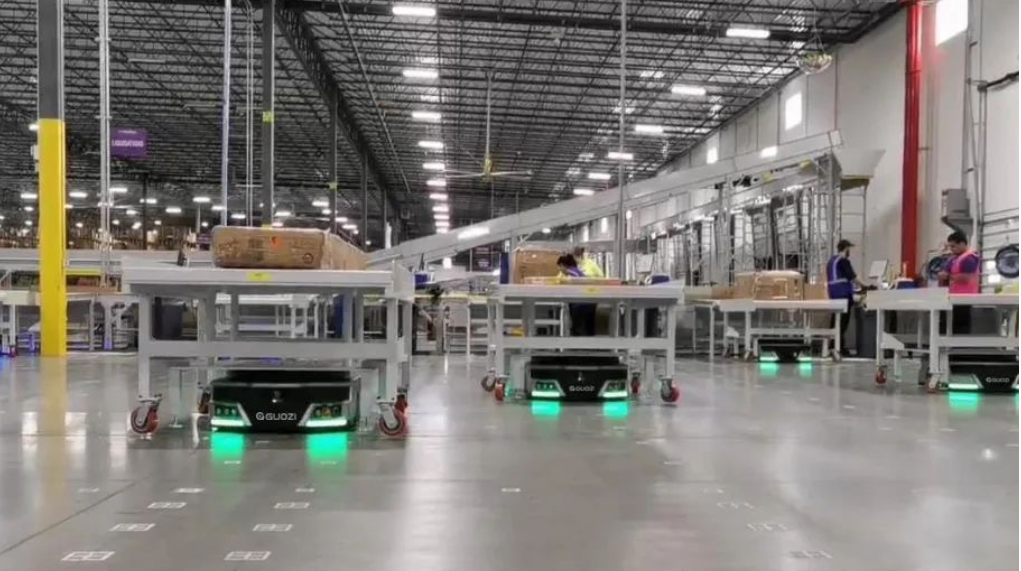With the rapid development of the automotive manufacturing industry, the efficiency of the parts sorting process has become a critical factor limiting the speed of production lines. This article will focus on the Automobile Part Sorting Robot, analyzing its technical features, application scenarios, and development trends, providing valuable insights for the industry.
I. Background
As the automotive market in China continues to expand, the automotive manufacturing industry is demanding higher production efficiency and quality. Traditional parts sorting relies heavily on manual labor, which is characterized by low efficiency and a high error rate. To enhance the level of automation in production lines and reduce production costs, the Automobile Part Sorting Robot has emerged.
II. Technical Features of the Automobile Part Sorting Robot
1. High-Precision Identification: Utilizing advanced visual recognition technology to accurately identify and locate parts.
2. Flexibility: Capable of adapting to different shapes and sizes of parts for sorting.
3. Efficiency and Stability: Fast sorting speed and stable operation significantly increase production efficiency.
4. Easy Integration: Seamlessly integrates with existing production lines, enabling the upgrade to automation.
III. Application Scenarios of the Automobile Part Sorting Robot
1. Final Assembly Line: On the final assembly line, the robot can deliver parts to designated workstations as per production requirements.
2. Distribution Center: In parts distribution centers, sorting robots can quickly sort parts to ensure timely supply to the production line.
3. Warehouse Logistics: In warehousing, sorting robots can automate the process of storing and retrieving parts, improving storage efficiency.
IV. Development Trends of the Automobile Part Sorting Robot
1. Intelligence: With the advancement of artificial intelligence technology, the Automobile Part Sorting Robot will achieve a higher level of intelligence, including the ability to learn autonomously.
2. Networking: By integrating with the Internet of Things (IoT) and 5G technologies, the robot will enable remote monitoring and fault diagnosis.
3. Integration: The sorting robot will develop towards multifunctionality and integration, encompassing parts cleaning, assembly, and inspection.
V. Challenges and Strategies
1. Technical Challenges: The wide variety and complex shapes of automobile parts present a high demand for the robot's recognition and gripping technology. Companies should increase R&D investment to breakthrough key technologies.
2. Safety Challenges: Ensuring the safe collaboration between humans and robots during operation is crucial. Companies need to focus on the design and implementation of safety protection measures.
3. Talent Development: There is a shortage of professionals in the field of Automobile Part Sorting Robots. Companies should strengthen talent cultivation and recruitment.
The Automobile Part Sorting Robot, as an integral part of the automotive manufacturing industry, will bring unprecedented opportunities for development. Companies should seize these opportunities, enhance technological innovation, and invest in talent development to promote the widespread application of Automobile Part Sorting Robots. Meanwhile, governments, industry associations, and other stakeholders should work together to create a favorable environment for the development of the Automobile Part Sorting Robot industry. In the near future, these robots will facilitate the automotive manufacturing industry in China to achieve a higher level of intelligence and automation, enhancing international competitiveness.








